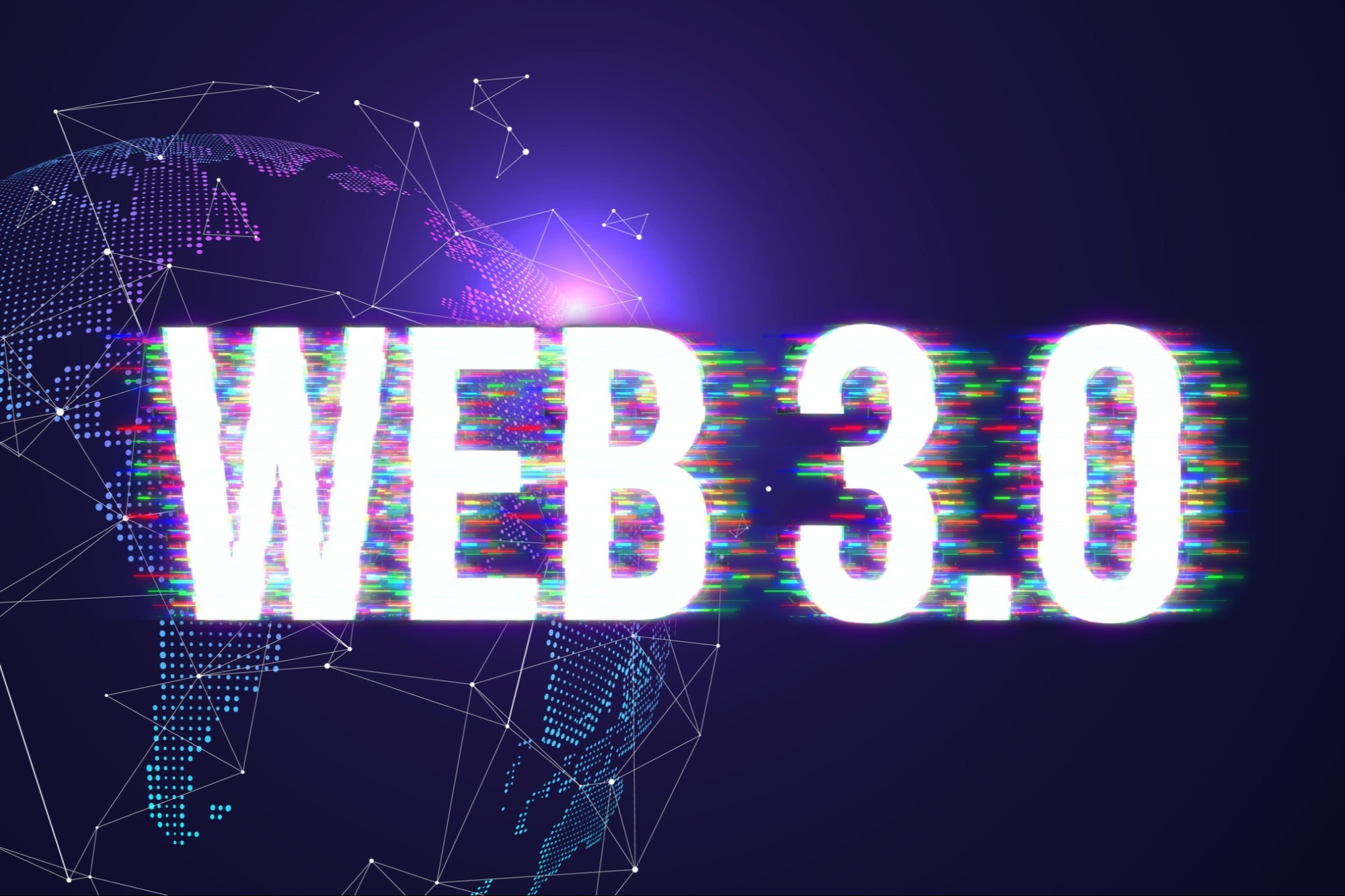
Web 3.0 has emerged as a new tech buzzword. The term incorporates a bunch of next-gen ideas, all pointing towards elimination of the dominance of the big tech companies over the internet.
Some see Web 3.0 as the future of the internet, while some caution against being overly optimistic about what it can potentially deliver.
Let’s take a deep dive into the topic.
The Evolution of the Web:
The term Web 3.0 hints at an ambitious vision for the future of the Web, but it’s also an acknowledgment that this vision describes the latest chapter in a journey that’s been going on for over 30 years. So in order to understand why Web 3.0 could be such a big deal, we need to take a look at the evolution of the Web, from its humble beginnings through its rise as a platform for online services to becoming a key part of our everyday lives.
To understand the concept better let’s know about it’s earlier versions.
Web 1.0 [1990 – 2000]
It is the first stage in the evolution of the web, which is also referred to as the read-only web. Web 1.0 websites were not as dynamic and interactive as it is now. The primary goal of the websites was to make the information available to the general public. As servers were improved, average connection speeds rose, and developers gained new skills and techniques, the shift from Web 1.0 to 2.0 occurred over time.
Web 2.0 [from mid-2000s]
It is the second stage in the evolution of the web, which is also referred to as the read-write web. It’s just a better version of the first world wide web, marked by the shift from static to dynamic or user-generated content, as well as the rise of social media.
Some of the famous Web 2.0 applications are Google Maps, Facebook, Twitter, YouTube, WordPress, etc. Web technologies such as HTML5, CSS3, and Javascript frameworks such as ReactJs, AngularJs, VueJs, and others enable users to come up with new concepts, allowing users to contribute more to this Social Web.
Now that you have a good understanding of the evolution of the web and its old stages, Let’s understand. What the hell is this Web 3.0?
Web 3.0 [yet to arrive]
It is the third stage in the evolution of the web, which is also referred to as the read-write-execute which refers to the future of the web. In this era, artificial Intelligence and Machine Learning enable computers to understand data in the same way that people do.
Web3 applications or DApps, are developed on decentralized peer-to-peer networks like Ethereum and IPFS. These networks are developed, operated, and maintained by their users, rather than by a business. They self-organize and don’t have a single point of failure.
You’ll notice that when you hear about Web3, cryptocurrencies are frequently mentioned. This is due to the fact that many of these protocols include cryptocurrencies. Anyone who wishes to help create, control, or improve one of the projects is given a cash incentive (tokens).
These protocols frequently provide a wide range of services, including computation, storage, bandwidth, identification, hosting, and other online services previously supplied by cloud providers.
Why do we need Web 3.0?
Decentralization: Or we can say loss of privacy, presently, a huge amount of data is generated when consumers search, shop or upload videos and pictures. All this data is stored in the servers of the companies that the people interact with. This means that intermediaries become custodians of user data and profit from it via advertising. For such companies, the more time consumers spend creating content, the more data the company can collect, helping it to improve its AI algorithm and its advertising engine, a key revenue model for the company.
This gives rise to issues of privacy, wherein user data is shared for profit without their consent.
Data ownership: Presently, only centralized repositories are the ones that own user data and profit from it. In Web 3.0, users can own and be properly compensated for their time and data.
Plagiarism: Plagiarism is widespread online. It’s very easy to copy original content and build a following around it on social media. Those who copy content get compensated way more than the original content creator. Plagiarism makes it harder for creators to get adequately compensated. Web3 might help address that issue. The transparent nature of blockchain makes it easy for anyone to track the originator of content.
What are the key differences between Web 2.0 and Web 3.0?
Any information that users share on Web 2.0 is stored with a cloud service provider used by an online service, whether it is food delivery or e-commerce, whereas in Web3, all services are built on top of a blockchain.
Cloud is controlled by giants such as Amazon, Google and Microsoft, and is centralized. In the case of blockchain, data is distributed across networks and no single entity owns the information.
Conclusion
There are also other challenges that need to be solved on the way to Web 3.0. Challenges such as the lack of inherent interoperability between different blockchain networks, the complex implementation of blockchain systems and the precise coordination needed to ensure that a blockchain network operates properly. But given the considerable benefits and the fact that the Web has always managed to incorporate new technologies, chances are that decentralization will be a significant part of the next major iteration of the Web.
Reference


